Deir El Ahmar is home to a plethora of religious sites. As USAID’s Trade and Investment Facilitation (TIF) project works to raise the profile of the district and improve its tourism offering, we explore religious tourism in Deir El Ahmar.
 Largest Rosary in the World
Largest Rosary in the World
Located near the main road connecting Deir El Ahmar and Bechwat, the site of the rosary is situated on a plot of land owned by the Lebanese Maronite Order. In 2006, a convent was constructed on this land, and in 2011, the rosary project was introduced. Known as the Rosary of Lebanon, it spans 600 meters and comprises 59 illuminated beads. The rosary leads to the resurrection cross and a spacious amphitheater designed for prayer and outdoor celebrations. Additionally, there is a dedicated area beneath the cross for contemplation.
 Saydet Bechwat
Saydet Bechwat
Bechwat, located in Deir El Ahmar, contains ancient ruins from the Roman, Byzantine and Arab periods. However, its main attraction is the miraculous sanctuary of Our Lady of Bechwat. Built by the Keyrouz family in 1790, it draws pilgrims from Lebanon and various religious backgrounds, as well as international visitors, particularly from Arab countries. Annual celebrations are held from August 15 to 21.
 Saydet Al Borj Church
Saydet Al Borj Church
The establishment of Saydet El Borj can be traced back to the 4th century when it was erected on the grounds of an ancient pagan temple. This religious structure was dedicated to the Virgin Mary and underwent numerous renovations throughout its existence.
During the Ottoman era in the 18th century, the church experienced a noteworthy expansion. It was reconstructed in the traditional Lebanese style, featuring a central dome, two bell towers, and a courtyard. Inside, intricate carvings, paintings, and mosaics were added, depicting biblical scenes, and narrating the life of the Virgin Mary.
Over time, Saydet El Borj confronted numerous trials, including natural calamities, conflicts, and neglect. Restoring it to its former magnificence required significant efforts over many years. Presently, owing to the dedication of passionate volunteers and local authorities, the church stands as a symbol of the resilience and determination exhibited by the people of Deir El Ahmar.
 Saydet al Zourouh Church
Saydet al Zourouh Church
This ancient church was constructed in the 15th century. It was destroyed due to the earthquake that struck the area in 1759, and until 1979, only the engraved primitive stone threshold of the door remained. The new church was inaugurated on the feast of Saydet al Zourou on May 15, 2005.
 Saint Joseph Parish Church
Saint Joseph Parish Church
After Tanos Saab settled in Deir el Ahmar in 1830, he began building a small church made of rough stone in a small area where Saint Joseph Church stands today. Given the small size of the church, Tanos’ son demolished it in 1860 to build a larger church with a large dome.
 Mar Charbel Church
Mar Charbel Church
With the help of donations from the people of the region, construction of the Church of Mar Charbel began in 2004. The roof was installed in December 2017, but the church has not yet been fully completed.
There are many more religious sites in the region. Further details can be found on: +961 3 089 131
This article is part of a joint project to promote tourism destinations across Lebanon, launched by the Trade and Investment Facilitation (TIF) activity, funded by the United States Agency for International Development (USAID), and Hospitality Services. The content of this article is the sole responsibility of Hospitality Services, and does not necessarily reflect the views of USAID or the United States Government.
Loading


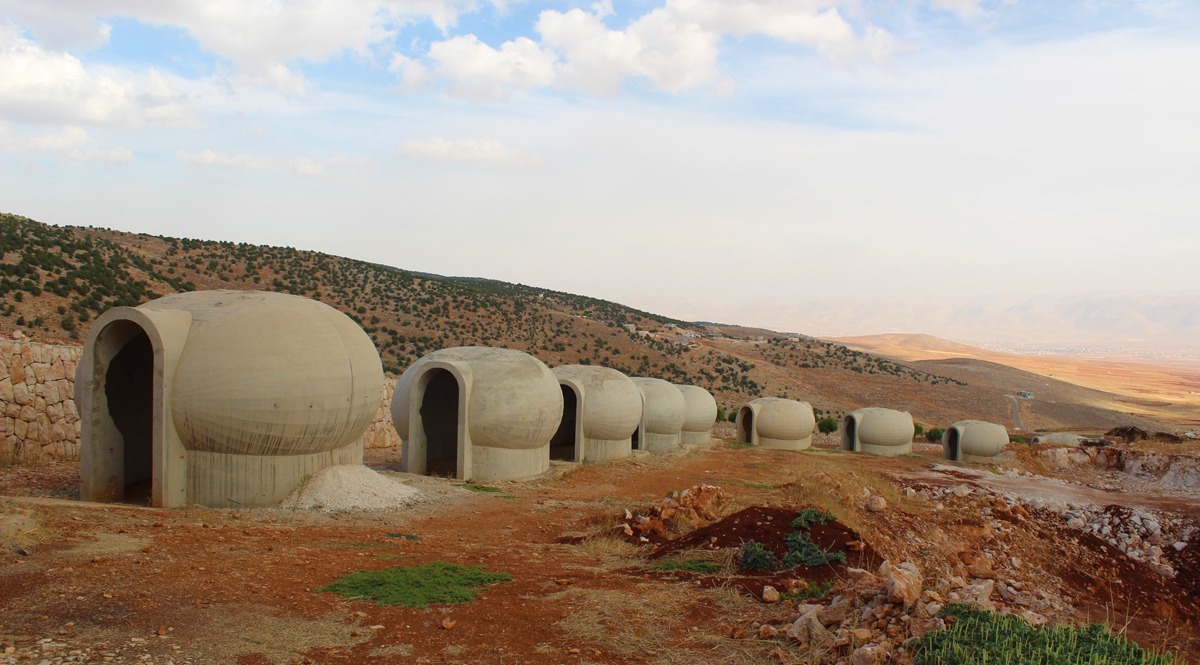 Largest Rosary in the World
Largest Rosary in the World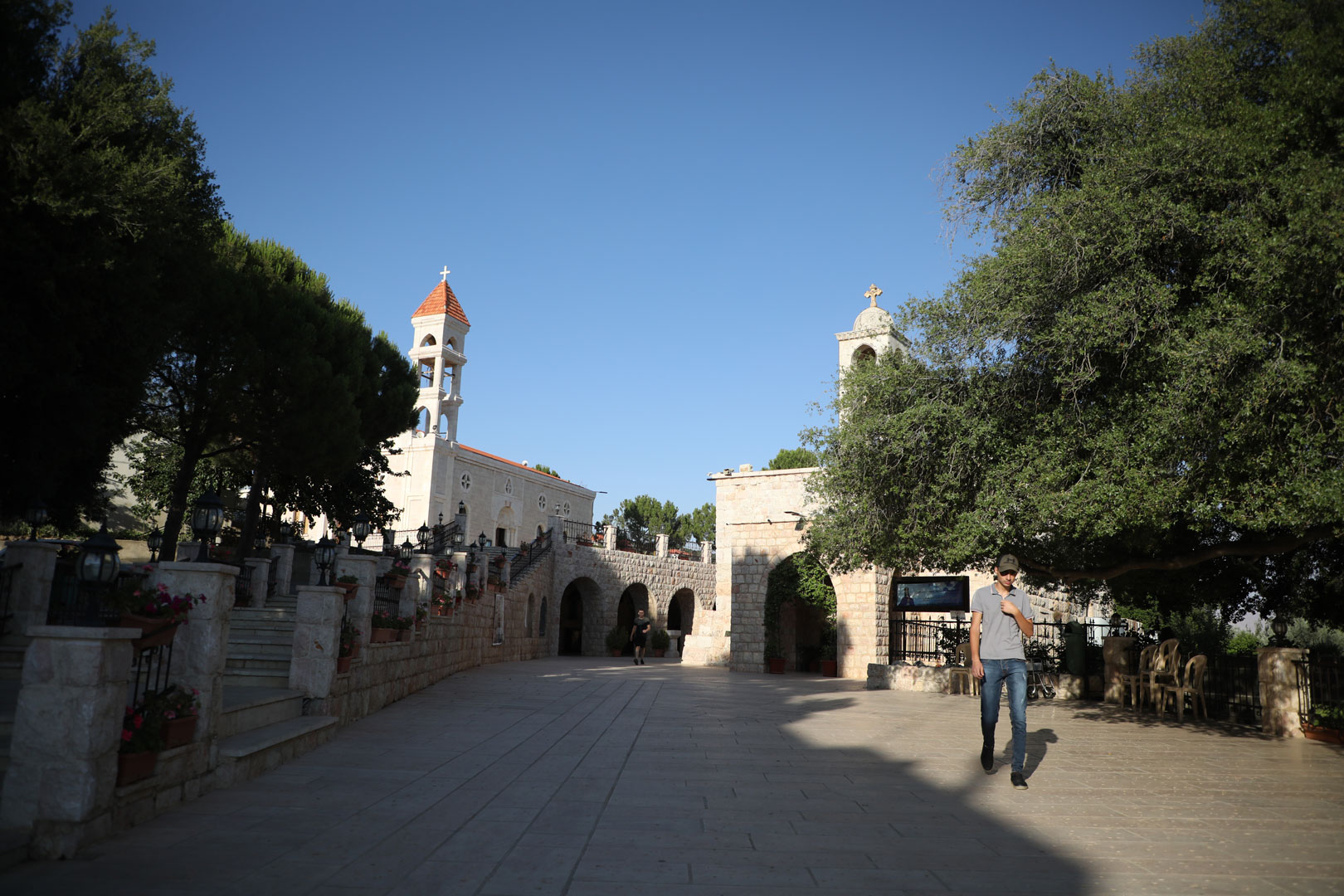 Saydet Bechwat
Saydet Bechwat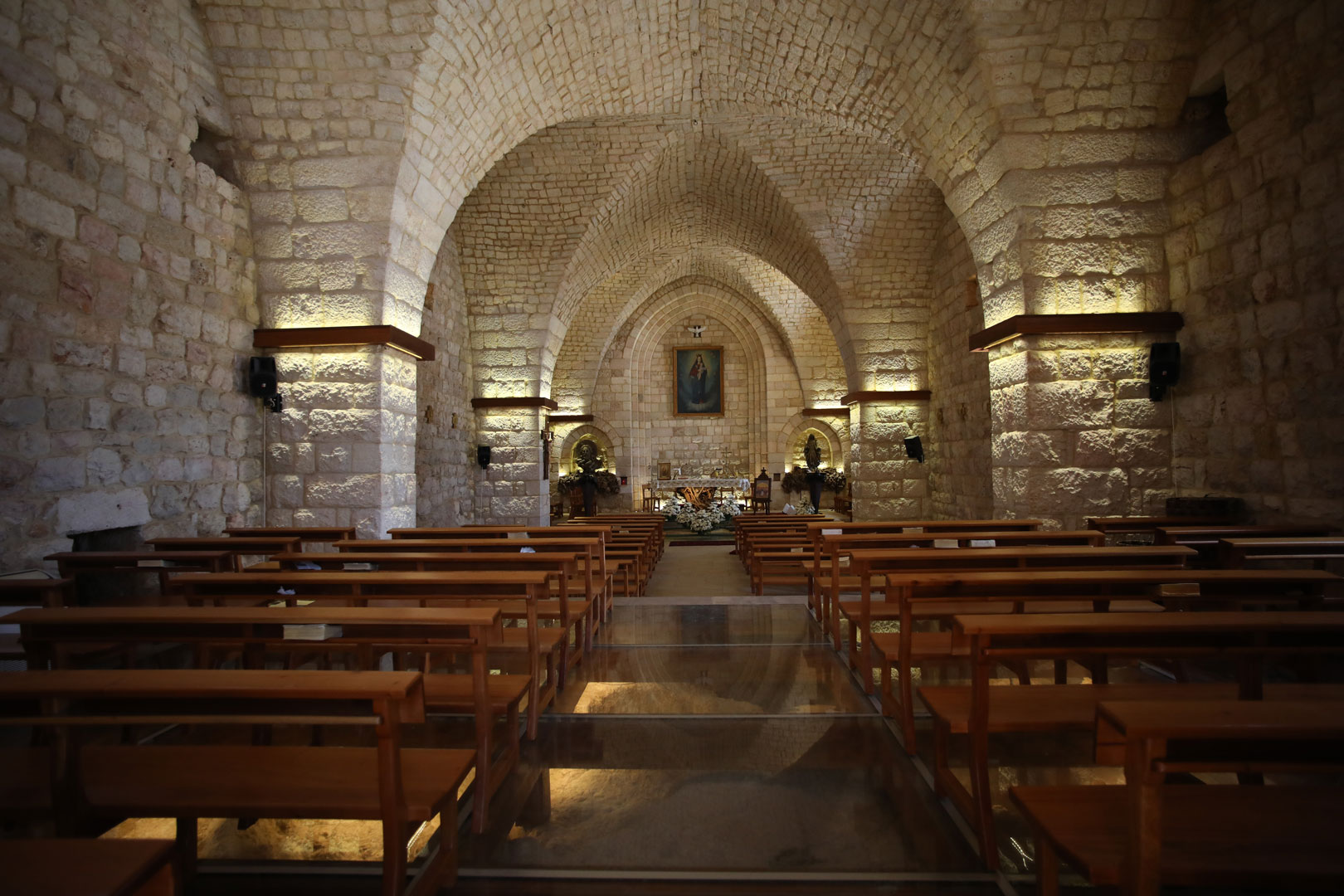 Saydet Al Borj Church
Saydet Al Borj Church 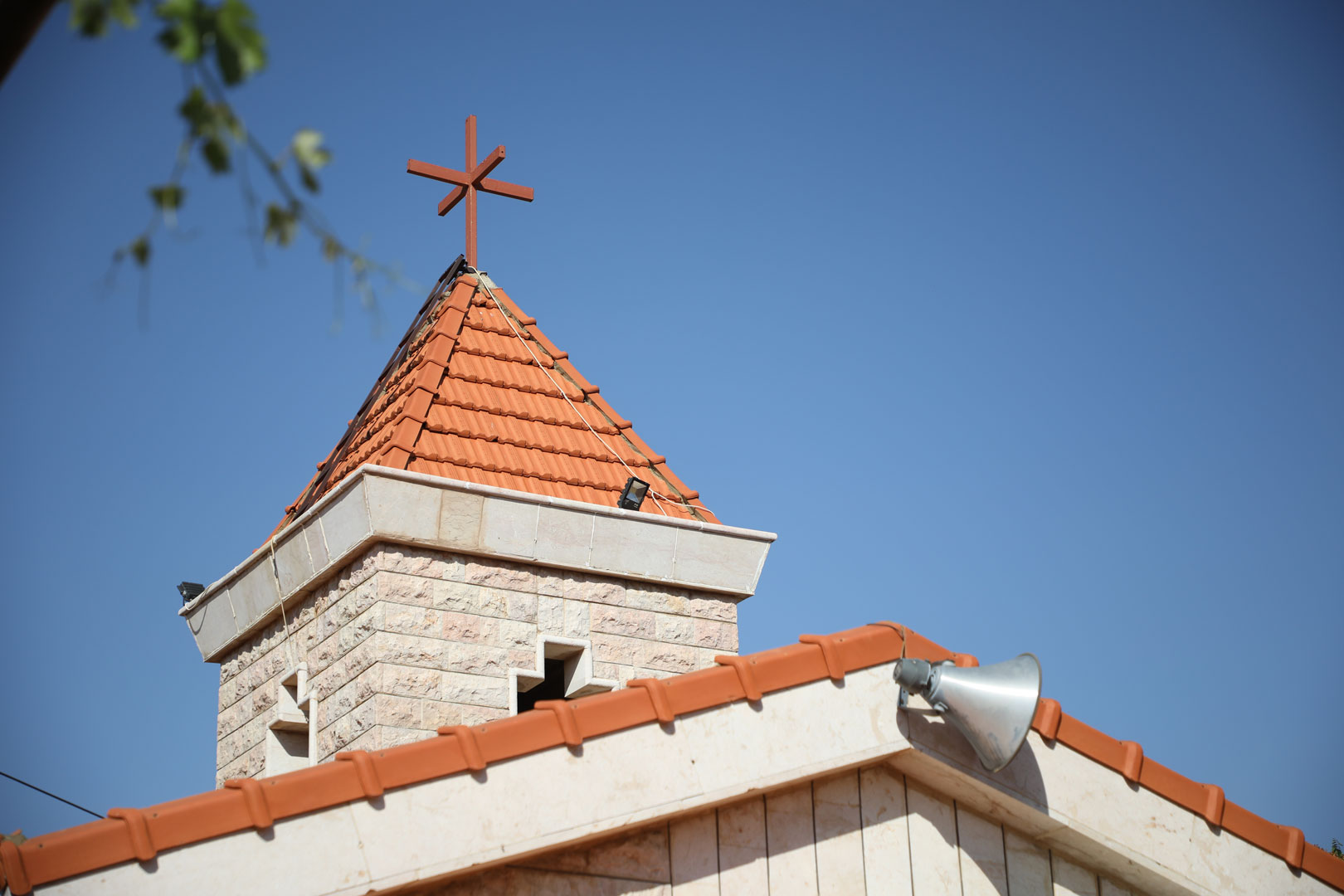 Saydet al Zourouh Church
Saydet al Zourouh Church 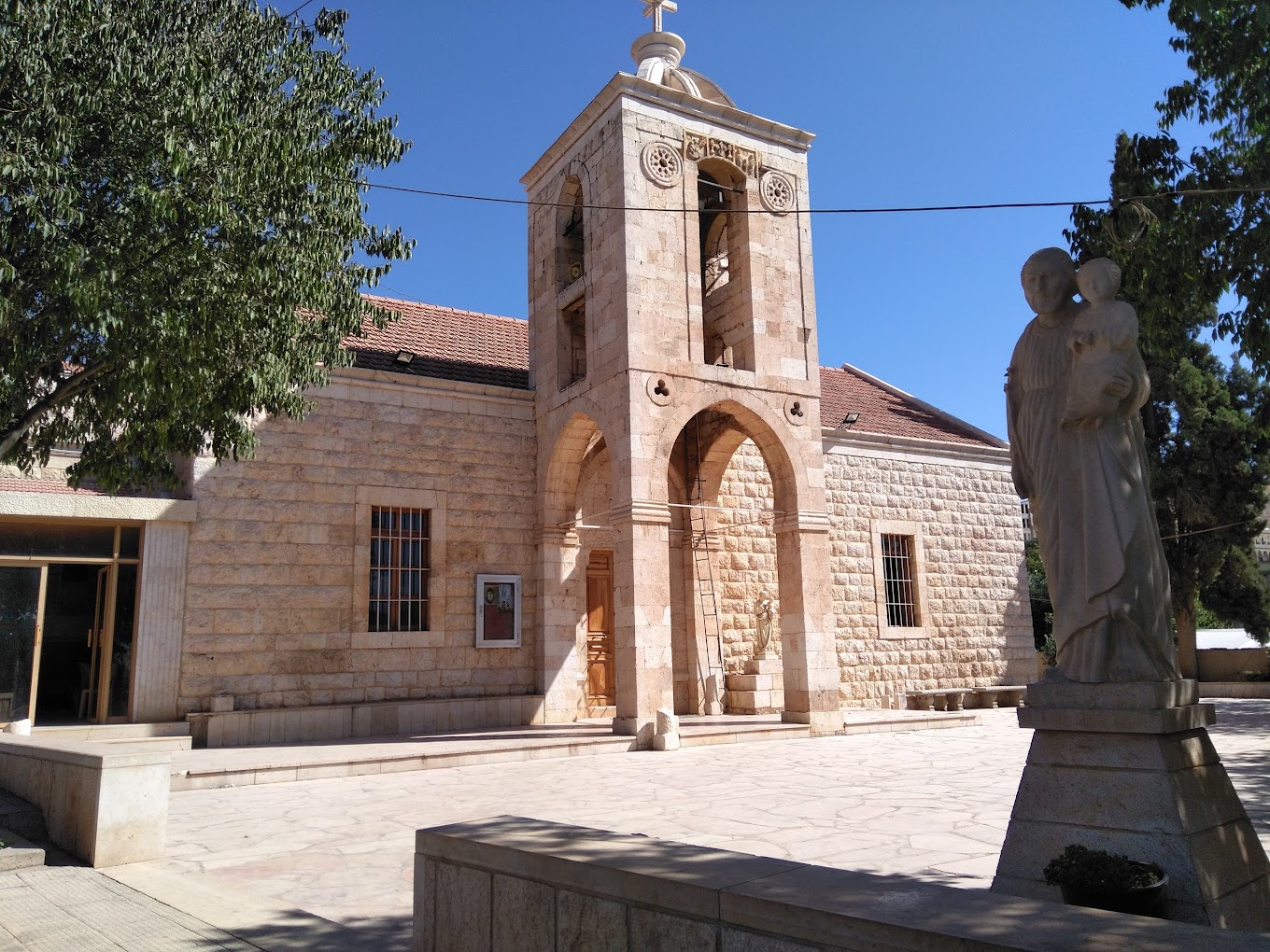 Saint Joseph Parish Church
Saint Joseph Parish Church 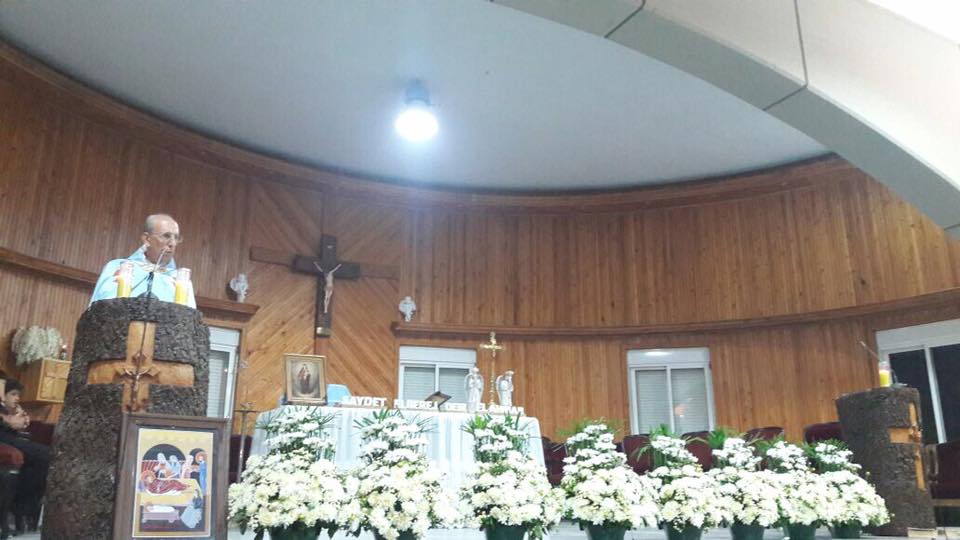 Mar Charbel Church
Mar Charbel Church